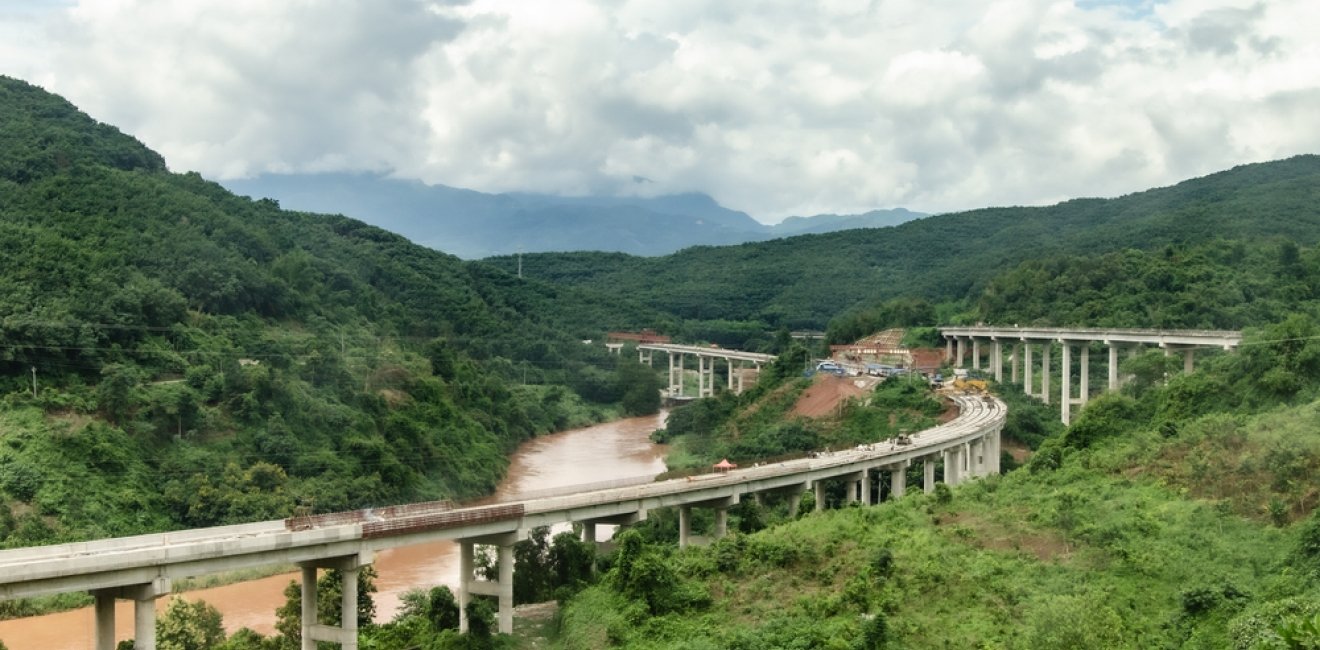
A blog of the Wilson Center

Ten years into the Belt and Road Initiative (BRI), 80% of China’s government loans to developing countries have gone to nations in debt distress. The Chinese Communist Party has now made BRI an official part of its constitution.
To developing nations that feel shunned or ignored by Western governments and financial institutions, China’s BRI is seen as their best—if not only—hope for assistance with high priority infrastructure projects. To some Western nations, BRI is viewed as “debt trap diplomacy”—a development finance scheme that aims to burden countries with unaffordable loans, and makes them vulnerable to Chinese coercion. What most everyone agrees upon is that BRI has become an effective tool deployed as part of Chinese leader Xi Jinping’s plan to expand his country’s global reach and influence.
When BRI was first launched a decade ago, President Xi pledged that it would bring Chinese financial resources and construction know-how to important infrastructure projects connecting East Asia to European economies. Much as the old Silk Road—the ancient network of trade routes—increased commerce and cultural exchange between East and West many centuries ago, BRI would bolster economic growth across Eurasia.
It wasn’t long before BRI’s geographic focus grew to include Africa, Oceania, and Latin America. It also grew beyond roads and bridges to include the financing of a wide assortment of projects—from maritime ports and harbors to energy projects like pipelines, dams, and power plants to IT projects such as high-speed data networks and rural satellite television service. In a world of vast infrastructure and development needs, BRI quickly became popular. In the span of 10 years, approximately 150 countries, representing 40% of global GDP, have signed memoranda of understanding to formalize their interest in exploring BRI participation.
The terms and conditions of BRI financing were often shielded from public view through strict nondisclosure agreements, which in turn set off alarm bells with institutions like the World Bank and the International Monetary Fund. Concerns over broad implications of the BRI model only grew with the sovereign debt defaults of countries like Sri Lanka, where a new international airport and port city failed to attract international investors, and Zambia, which counts China as its biggest creditor. Resulting increases in inflation, currency depreciation, and rising levels of poverty were a recipe for political upheaval. Last July, protestors stormed the Sri Lankan Prime Minister’s office and presidential residence, and this summer in Kenya, more than a dozen people were killed during nationwide protests against sweeping new taxes to repay foreign creditors.
The groundbreaking work of AidData, an international development research lab housed at William and Mary’s Global Research Institute, has helped to shed light on the effects of “underreported development finance” on debt sustainability, social services, and governance. AidData’s research shows that 80% of China’s government or government-supported loans are to countries that are in some form of debt distress—and more than half of these loans are now in their repayment period. In other words, the effects of BRI financing in many developing countries are likely to grow significantly in coming years. As AidData’s Brad Parks put it to CNN, “…for the last decade or so, China was the world’s largest official creditor, and now we’re at this pivotal point where it’s really about… [being] the world’s largest official debt collector.” And the amount of that debt? Estimates are that it exceeds $1.1 trillion.
The costs of debt distress can have very real human impacts. For example, a recent Associated Press analysis of Chinese loans to Zambia found that billions of dollars in financing of infrastructure projects were effective in accelerating economic growth, but also “raised foreign interest payments so high that there was little left for the government, forcing it to cut spending on healthcare, social services, and subsidies to farmers for seed and fertilizer.” With default looming in Kenya, thousands of paychecks to civil servants have been withheld. As chief presidential economic advisor David Ndii put it bluntly on social media: “Salaries or default? Take your pick.”
In 2017, China’s Communist Party moved to make BRI an official part of its constitution, suggesting that President Xi sees BRI as an essential ingredient in the country’s power and leadership on the world stage. It also suggests that decision-making process on BRI projects is likely to become even more political. As Hugo Brennan, Asia politics analyst at the risk consultancy firm Verisk Maplecroft, told CNBC, “The [initiative’s] place at the heart of China’s policymaking process is now unquestionable. It will underpin Beijing’s overseas investment strategy and activities long into the future.”
Not every country is comfortable becoming part of China’s high profile economic leadership plans. Despite previously signing an MOU with China—the only G7 nation to do so—Italian Prime Minister Giorgia Meloni recently announced that Italy would withdraw from China's Belt and Road Initiative; how China responds will be telling. The Philippines has also indicated that it’s having second thoughts.
While more and more stories are emerging from countries that paid a heavy price for BRI project financing, the conditions that made the initiative attractive to these countries in the first place—the lack of available assistance on high priority development projects—remain. Countries like the US can either send condescending messages of disapproval to these countries in need, or we can step forward with a better alternative. The best way to “defeat” BRI is to “beat it” and help developing countries as they pursue their national goals and aspirations.
This blog was researched and drafted with the assistance of Caroline Moody and Katherine Schauer.
Author

Explore More in Stubborn Things
Browse Stubborn Things
Spying on Poachers

China and the Chocolate Factory

India: Economic Growth, Environmental Realities
